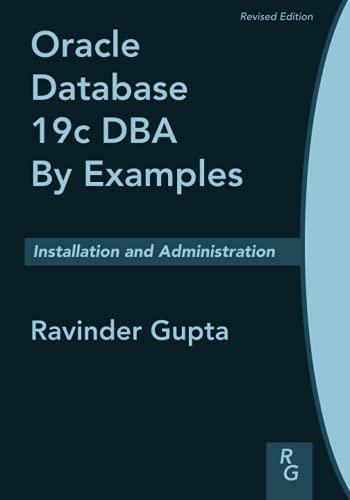Answered step by step
Verified Expert Solution
Question
1 Approved Answer
Step 1 : Defining and Posing the Problem A good research question explores a relationship between two variables. For example: What is the relationship between
Step : Defining and Posing the Problem
A good research question explores a relationship between two variables.
For example:
What is the relationship between car insurance premiums and a drivers age?
What is the relationship between education and income level?
What is the relationship between a players height and their salary in the NBA?
What is the relationship between winning competitions in Big Brother and winning the overall game?
Consider your interests and search for current issues or controversies in newspapers, magazines or on the Internet.
Consider constructing a graphic organizer showing your areas of interest, related issues, and possible research questions. You could use a concept map, a mind map, a graffiti sheet, or a chart.
Add your hypothesis to your graphic organizer for each research question in your list. Write your hypothesis as a prediction statement. The chart shows some examples. The dependent variable is underlined. The independent variable is italic. Identify the dependent and independent variable for each of your research questions.
Possible Research Question Hypothesis Written as a Prediction Statement
What is the relationship between homework completion and grades in math? Completing more homework questions will raise your math mark.
What is the relationship between the amount of exercise a person gets and their resting heart rate? Regular cardiovascular exercise leads to a lower resting heart rate.
What is the relationship between time spent playing video games and fitness level? As time spent playing video games increases, fitness level decreases.
a Choose a question that you wish to use as your project question.
b What type of data would help you investigate your question?
c Who is the population and sample for your research question?
Once you have chosen a research question and determined your hypothesis, you will need to collect some data to support your hypothesis. In some cases, data on your variables may already exist. If you cannot find existing data, you can alter your research question to match available data.
Hypothesis:
a prediction about the relationship between variables or about the outcome of a research question
used to guide an investigation or experiment
Step : Finding and Collecting Secondary Data
Search the internet for websites related to your question of interest.
Search the Statistics Canada website to determine whether data on your variables have already been collected.
Search newspapers, magazines, journals, or other literature for more background information or data. If you cannot find data, or if the amount of data is overwhelming, consider revising your research question.
Keep track of the websites you use and cite your online references properly.
APA Style
Format for referencing an article from a website:
Organization or Authors Last Name, Authors First Initial. Year Month Day Published Website Title. Retrieved Month Day, Year, from URL.
Example:
Canadian Automobile Association. CAA Bike Safety. Retrieved February from URL.
Format for referencing a data set from a website:
Organization or Authors Last Name, Authors First Initial. Year Table Name Data File Retrieved Month Day, Year, from URL.
Example:
Statistics Canada. Labour Force Survey January Data File Retrieved from URL.
a Are the data you found valid and related to your research question?
b What is the source of the data? Is this a reliable source for data? How do you know?
c How were the data collected?
d What was the sample for this data set? Will it allow you to make predictions about the larger population?
e Is there any evidence of bias in the data collection method?
f Can the data be organized to facilitate retrieval and analysis?
g How much and what kind of data do you need for your project?
h Do you need to revise your research question?
Step : Assessing Your Project So Far
Defining the Problem Yes No
The chosen topic is relevant and appropriate.
The hypothesis is clearly stated and justified.
The dependent and independent variables are clearly defined.
The population of interest is clearly identified.
Background information is used to introduce the research question.
Secondary Data Collection Yes No
The source of data URL is provided.
The sampling technique is describes and justified.
Sources of sampling bias are identified.
Sufficient data are collected.
The raw data are effectively represented.
Step : One Variable Analysis
Complete a four part analysis and summary on both your independent and dependent variable.
Part : Identify the variable you are summarizing and give any pertinent information.
Part : Make a histogram and a boxandwhisker plot using grouped data
Part : Based on the distribution of the data, choose appropriate numerical summaries.
Part : Summarize and interpret your
Step by Step Solution
There are 3 Steps involved in it
Step: 1

Get Instant Access to Expert-Tailored Solutions
See step-by-step solutions with expert insights and AI powered tools for academic success
Step: 2

Step: 3

Ace Your Homework with AI
Get the answers you need in no time with our AI-driven, step-by-step assistance
Get Started


